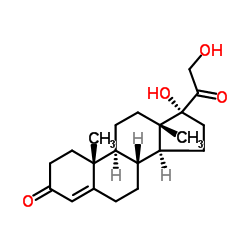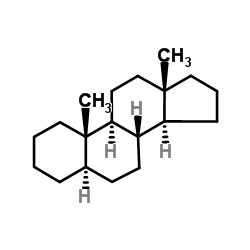| Structure | Name/CAS No. | Articles |
|---|---|---|
 |
Cortodoxone
CAS:152-58-9 |
|
 |
5a-androstane
CAS:438-22-2 |